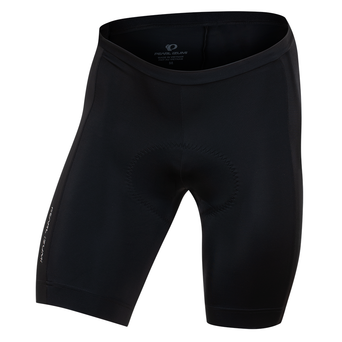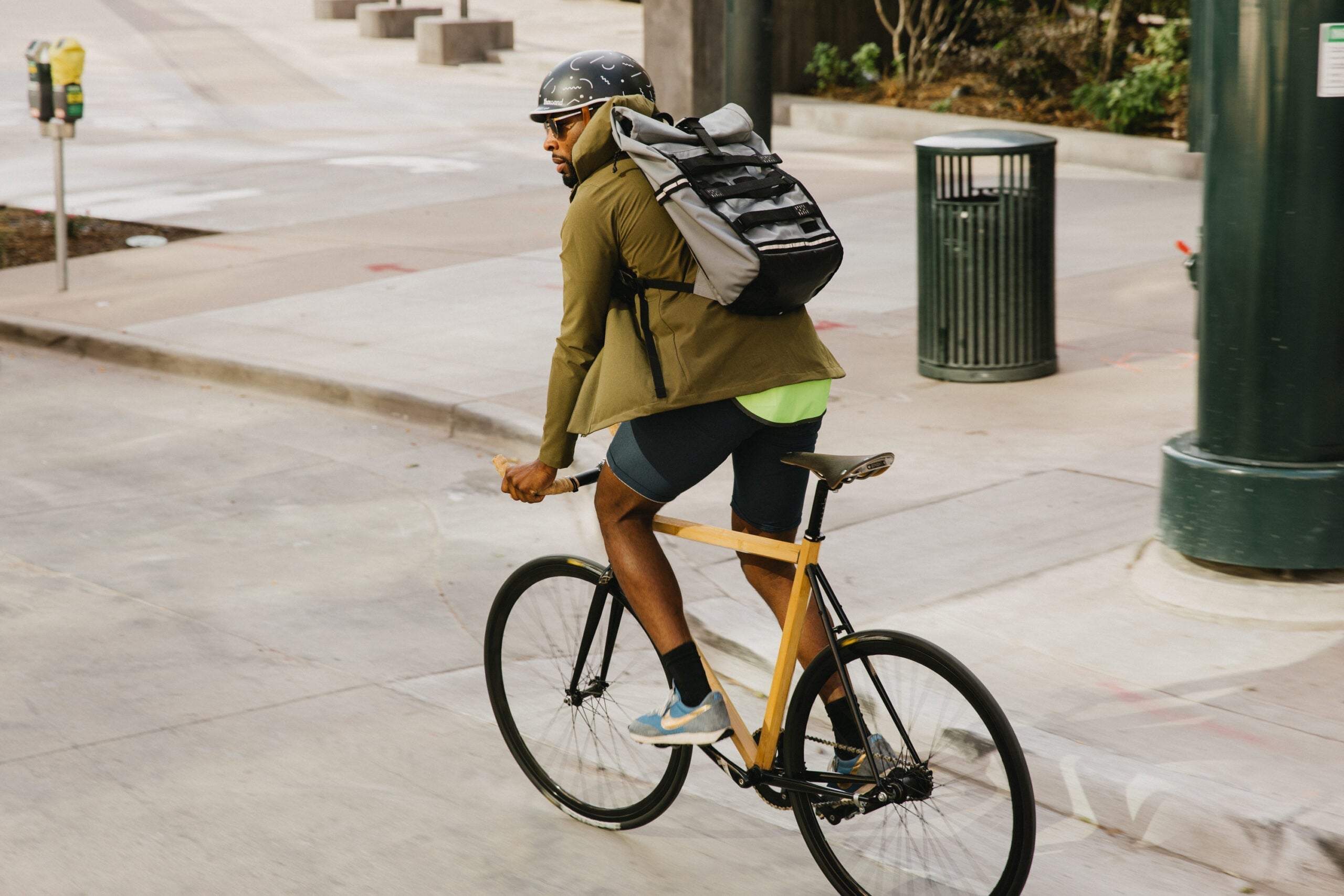Since PEARL iZUMi was founded in Japan in 1964, our mission has expanded beyond just making innovative cycling apparel. We now see our purpose rooted in using cycling as a catalyst for positive change and ensuring that future generations get to ride in the places we love today. In addition to our own sustainability goals, we want to empower You, the rider, to help us ride for a better future by using the bike as more than a tool for recreation, but as a vehicle for living intentionally. That’s why we’re introducing Pedal to Zero, a project whose goal it is to get us all to think about riding a little differently. Creating the habit of going by bike can really add up to reduce our impact. So as we like to say, turn cranks, not keys!
Using the globally-recognized Higg Index, we’ve calculated how many miles you need to ride to counteract the impact produced by each of our new BikeStyle® products. Read on for an interview with our Social Purpose lead coordinator, Aaron Kutzer, about the inspiration behind the project.

Where did the inspiration for Pedal to Zero come from?
“



How Long has Pedal to Zero been in the works?
“There are a ton of ways that a company can act as a responsible corporate citizen and the most authentic for PI is to act so that future generations can experience riding bikes the same way we do today. Our POV is that climate change is the biggest threat to our kids experiencing the world by bike. As a result, we’ve promised to use three main levers that we can control to fight climate change:
OUR PLEDGE TO YOU & THE PLANET:
Because we believe how we live shapes how future generations ride, we pledge to use our business practices, products and advocacy to reduce our oil consumption and embolden all of us to ride more, do more.
That pledge led us to want to find a deeper impact measurement and, at the same time, an organization called the Higg Index—which is a globally-standardized, scientifically-validated suite of tools for measuring environmental and social labor impacts—expanded their offerings as we were looking for a deeper way to measure impact.


One of the tools they offer is a life cycle assessment tool called the Product Module. It measures everything from material extraction, turning materials into fabrics, sewing, cutting, packaging, finishing, shipping. They even put in proxies for impacts of washing and drying, and proxies for the garment’s end of life, whether it goes into the trash, gets recycled, resold, etc… What was most interesting to us was the output it gives for a product’s contribution to global warming. The module literally gives you a CO2 equivalent in grams of how much that style potentially contributes to global warming.
We already know the benefits of the bicycle—it’s good for our bodies, minds, communities and offers an efficient form of transportation. Even so, we think the bike has been historically, dramatically, and tragically undersold as a force for good with respect to the environment. It’s literally a way to get from point A to point B without contributing with each journey to climate change. Which is hugely unique to cycling. With all due respect to the broader outdoor industry (which has done a great job talking about sustainability) most of us can’t ride our surfboard, or rock climb, to work, or to the post office, coffee shop, library, dinner party, park, etc.

These two ideas—combining precise impact measurements with using bikes as a force for good—made us wonder, ‘how far would we have to ride, instead of drive, to zero out the impacts of making or buying a new jersey?’
We know how much CO2 you emit when riding a bike which is basically none. We know how much CO2 you emit when driving an average car, for an average distance, at an average speed and—spoiler alert—it’s more than none. For the number-crunchers in the audience, we found a source through the EPA that states that a typical passenger car emits 411g CO2/ mile so we divide the CO2 contribution of each product by 411 to calculate how many miles you’d need to ride, instead of drive (and that part is critical) to ride that product out of existence.
Garment Contribution of CO2g
–––––––––––––––––––––––– = Pedal to Zero Miles
411g
We then thought, ‘what if we gave our customers that number, and they could act by doing something they already love to do, which is ride their bike?’ (We think they’d be pretty excited.)
The logical place for us to begin was in the BikeStyle category, which is a collection already designed to make going by bike a seamless transition in everyday life. So Pedal to Zero is acting on the belief that our customers want to help lower and mitigate impact by making these figures public.”


Can you walk us through a specific example?
“The Rove Short is great—I can see anyone wearing it to ride in, to work, on the weekend, or around the house. Because we make the Rove Short out of eco-friendly materials it contributes 9.83kg CO2. So, if we do the math, if we rode 24mi instead of driving we pedal this short to 0.
Just for clarity’s sake, we’re not actually offsetting but what we are doing is causing future CO2 emittance avoidance. For me, that’s one roundtrip to work. If I ride in even just once a week, how many times can I pedal this thing out of existence? Because the point isn’t just to do it once but to create a new habit.”

Why are you most excited about Pedal to Zero?
“Pedal to Zero can make you think every time you put the key in the ignition, could I be riding my bike instead?”
To create a new habit, it’s important to start small. We encourage you to start thinking about routine trips—to the grocery store, the gym, work, etc.—through the lens of “can I ride there?” Because while we’d love for everyone to “zero out” that new jersey purchase, what we really hope for with the Pedal to Zero project is that you find inspiration that reaches beyond the miles needed to outride a purchase, and riding there becomes a habit you can feel good about. Small changes add up, and we’re all in this together. For our future, and for our planet—let’s do this.





